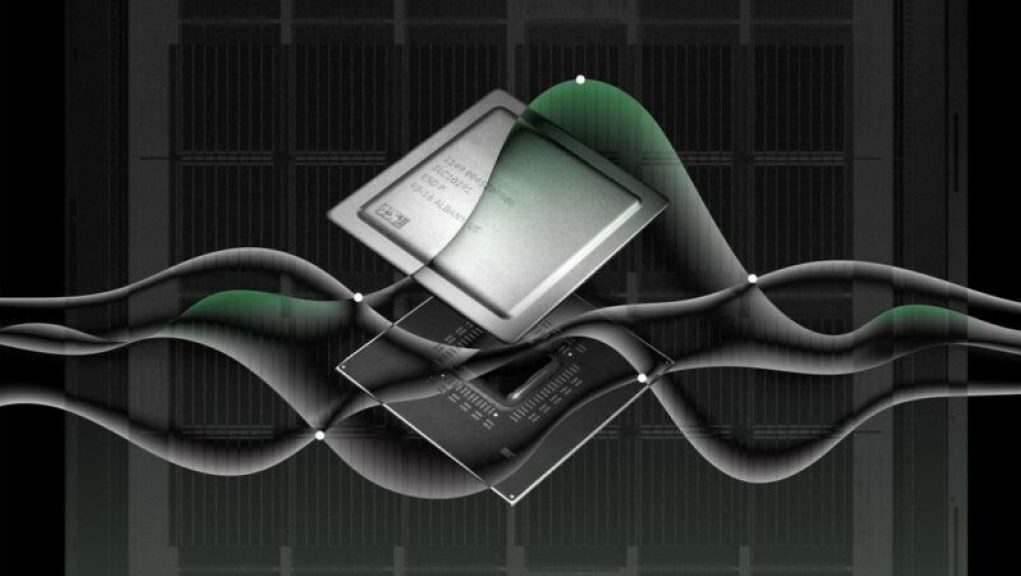Language models like Chat GPT are massive AI technologies. They consist of billions of computational nodes and countless connections between them. This results in frequent trips to memory and high power consumption. Unfortunately, this problem is expected to worsen.
However, there is a potential solution: combining memory and processing. IBM and Intel have developed chips that provide individual neurons with the necessary memory to perform their functions. Another approach is performing operations in memory, which has been demonstrated using phase-change memory.
IBM has now taken a step further by creating a phase-change chip that closely resembles a functional AI processor. In a recent paper published in Nature, the company demonstrates that its hardware can achieve speech recognition with impressive accuracy and significantly lower energy consumption.
In phase
Phase-change memory has been in development for some time. It offers the persistence of flash memory while delivering performance similar to volatile RAM. The process involves heating a small area of material and controlling its cooling rate. Slow cooling results in an orderly crystal that conducts electricity well, while rapid cooling creates a disordered structure with higher resistance. The difference between these states can store a bit of information until enough voltage is applied to melt the material again.
Advertisement
This behavior aligns perfectly with neural networks. In these networks, each node receives an input and determines how much of the signal to pass on based on its state. Traditionally, this represents the strength of connections between neurons. Thanks to phase-change memory, this strength can be represented by an individual memory bit operating in an analog mode.
While digital bits maximize the difference between on and off states to minimize errors, phase-change memory allows for setting the resistance of a bit to values in between. This enables analog behavior and a smooth gradient of potential values to represent connection strength. By passing current through a phase-change memory bit, we can achieve the equivalent behavior of a neural network node.
IBM has already demonstrated the feasibility of this approach. However, the chip described in the recent paper is much closer to a functional processor, containing all the necessary hardware to connect individual nodes. Moreover, it operates at a scale suitable for handling large language models.
IBM Researchers have revealed a breakthrough in artificial intelligence (AI) processing, introducing a low-power analog AI processor. The new processor, made up of roughly two billion transistors, has reduced the need for expensive and power-hungry digital processors and is expected to revolutionize AI computation.
The new processor was developed by a team of scientists and engineers at IBM Research, and utilizes analog signals for handling various types of data – especially multimedia data such as images, video, and audio. This is in contrast to digital processors, which require far more power and are much more expensive.
The processor is capable of executing AI tasks such as object recognition, facial recognition, and natural language processing. IBM has also claimed that the processor can speed up AI operations by up to four times over a digital processor, making it much more efficient.
“This is a major breakthrough in low-power analog AI processing,” said Dr. Hubert Zörnig, Vice President of Artificial Intelligence at IBM Research. “The new processor brings a tremendous amount of speed and energy efficiency to AI computation, making it much more affordable and accessible. This is an important step on the path towards making consumer AI products a reality.”
The new processor can be used in a variety of scenarios, such as IoT, automotive, and healthcare applications. It is not only much more efficient, but also uses far less space and works best in the presence of noise.
Now that the processor has been developed, IBM plans to explore its various applications. It is expected that the processor will be available in products by the end of the year.




















